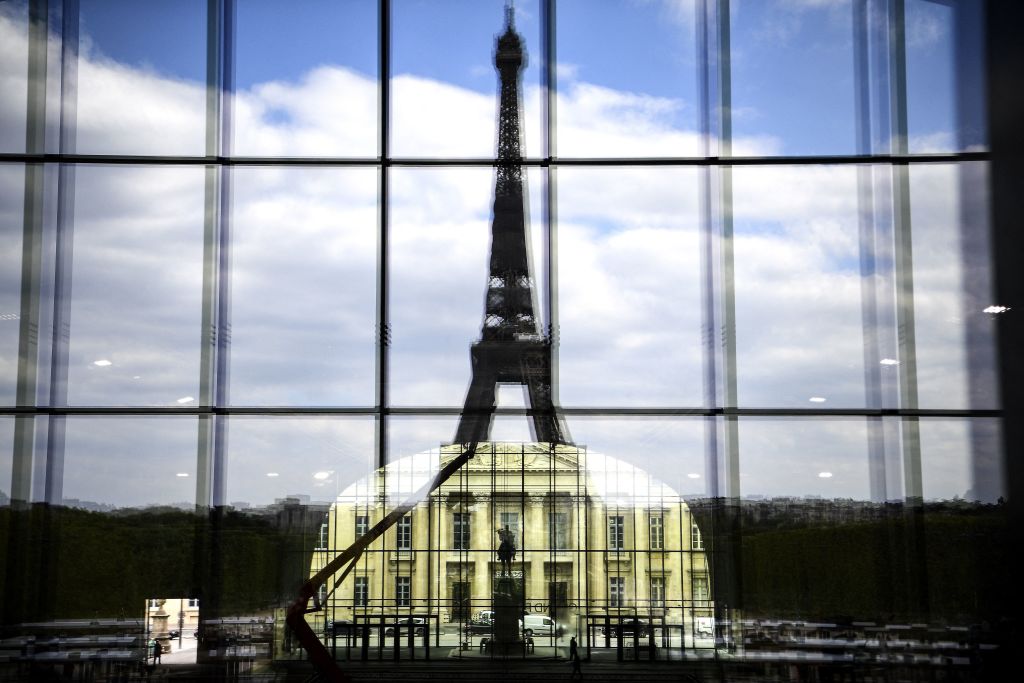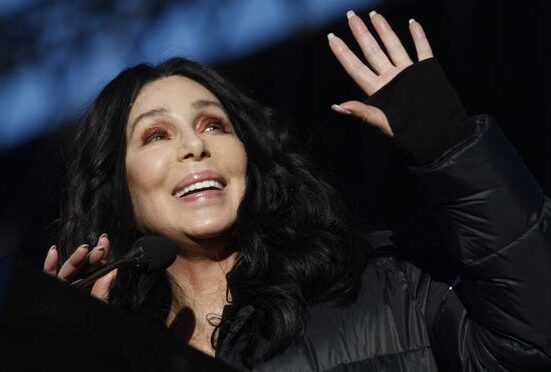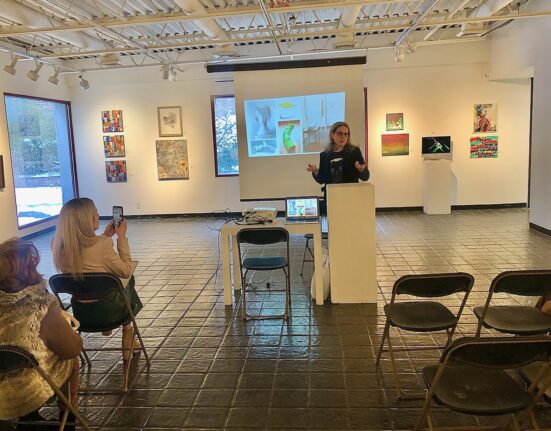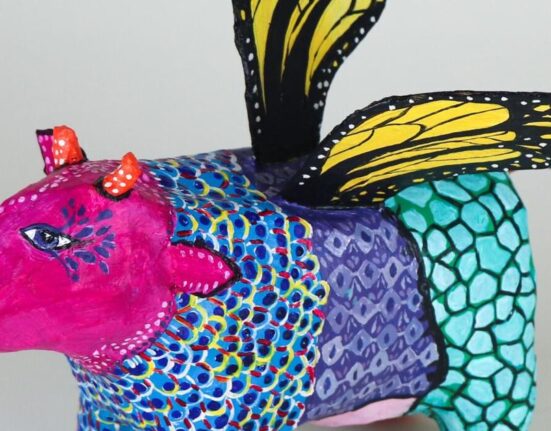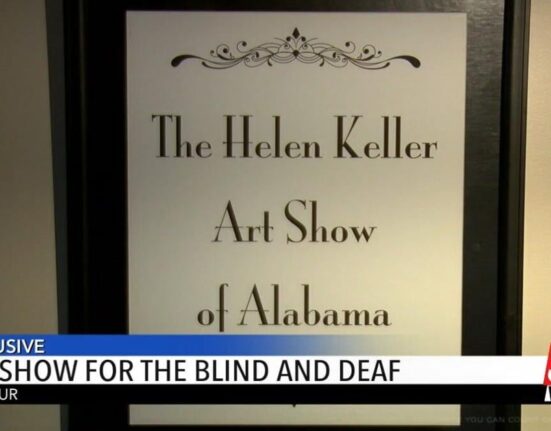In some ways, the report published November 28 by Le Quotidien de l’Art, came as no surprise. For decades French artists—defined as artists born in France or working there for the majority of their careers—have struggled to match their American, British, and German peers in terms of international fame and the commercial success that comes with it.
In recent years a booming Paris art scene suggested the opposite; the market expanded at breakneck speed, buoyed by the ills of Brexit. International galleries flocked to the capital, followed by Art Basel, which opened a new edition there in 2022. New art foundations launched and auction sales were blooming; France’s art market has kicked into a high gear, with steady growth reaching around 7 percent of global art sales.
But for French artists, the study paints a less flattering picture, particularly in terms of commercial success on the secondary market. The report, authored by Nathalie Moureau, a professor at University Paul-Valery-Montpellier 3, Montpellier, demonstrates that works by French artists who began careers after 1979 rarely sell for more than $100,000 at auction, falling far behind their American, British, and German peers. The report found that that set of French artists were also less likely to be both commercially successful (primary sales were not accounted for) and artistically “celebrated and stars,” meaning that they were less visible in institutional shows and at galleries.
In Germany, on the other hand, the same artists tend to sell for high prices at auction as the artists who are represented institutionally. That is not the case in France, according to the findings, where the two categories apply to different sets of artists. The U.S. and Britain saw similar results to each other, where about three-quarters of their most institutionally recognized artists also appeared at the top of the market.
A general view of the atmosphere during the press preview of Paris+ by Art Basel. (Photo by Luc Castel/Getty Images)
Why do French artists struggle commercially? “I don’t have a unilateral answer to that,” said Moureau in a telephone interview. She worked with the independent research lab Wondeur AI, which relied on A.I. tech to comb through the careers and auction results of over 100,000 artists from the U.S., U.K., Germany, and France, who began their careers after 1979.
Moureau noted that her study found French galleries and institutions exhibit less French artists proportionally to how much U.S., British, and German venues support their national scenes. In short, 52 percent of French exhibitions feature French artists, versus 70 percent of German artists in Germany. In Britain, 58 percent of exhibited artists are British, and, in the U.S. 77 percent of exhibited artists are American.
There is an upside to this. “It proves we’re a country open to other horizons, which is great,” said Moureau. But that should not come at too high a cost to French artists, “so that it hurts their careers,” she added. Whether less local visibility may contribute to lackluster commercial results remains unclear.
Other causes for the slump may be France’s lower GDP, compared to the US and Germany, and whether French collectors are able and willing to pay for higher-priced works by local artists.
There is also the question of whether French galleries are promoting French works that sell for less. “French galleries are big exporters” of local artists, said Magda Danysz, founder of the eponymous gallery, headquartered in Paris, with spaces in Shanghai and London. “But even in the fairs, we’re not asked about the French artists” by collectors, she added. “We have excellent artists, and there are new generations coming. There’s no shortage. So it’s a shame. We’re always more discreet, and less France-first. Maybe we’re not pretentious enough?” While acknowledging that French artists don’t sell for the highest prices, she emphasized that “the quality is there.”
The artwork Lemure Heads by artist Franz West installed at The Jardin des Tuileries in Paris, next to the Louvre Museum, as part of the “Art Basel Hors les Murs” event, ahead of the official opening of Paris+. Photo: Stephane de Sakutin/AFP via Getty Images.
Danysz was careful to note there was no single group responsible for the current situation, yet she echoed an old question: Are French collectors up to spending more now? “Are we capable of paying the price?” She asked. “Americans seem proud to pay high prices [for art]. Whereas in our French culture, we won’t brag about having bought an expensive artwork. It would even be considered vulgar.” That said, Danysz argues galleries rely on collectors as “ambassadors” for their artists, and that may include a little showing off about their latest acquisitions, prices included. “Some (French collectors) are very engaged, but we need more.”
It’s all the more reason newly arriving galleries should pay closer attention to French artists, noted Moureau, the report’s author. “There has to be a give and take. When these large galleries settle in Paris, they should also show interest in the French scene, to a larger extent than they have been known to do.”
On a positive note, the new study also showed French artists were as likely to achieve “artistic” notoriety or be exhibited in institutions and galleries, as their counterparts. This comes despite the relatively lower support they receive from local venues. In all four countries surveyed, roughly 3 percent of local artists made it to the top “celebrated and stars” category of visibility, which does not take into account auction sales.
The study does not show how things have evolved in recent years, since it analyzes the careers and visibility of artists of different generations, and where they stand today. Results looking solely the last five or ten years, or looking at the careers of younger artists, may uncover a possible shift. The point remains, however, that France has catching up to do when compared with three other major western markets.
There, in a new generation of artists drawn to a thriving Paris scene, some see a sign of greater things to come. Yvannoé Kruger, artistic director for the northern Paris affordable artist-studio supplier and platform, Poush, said more “confirmed,” young artists from major art hubs like New York and London have been applying to their program, which serves some 250 international artists. There are also more platforms available for their exhibition today, than a decade ago.
“The French scene has never done as well as when foreign artists are in Paris,” Kruger said. “So we may be in a period of transition because by showing foreign artists, it’s going to inevitably boost the French scene, and it’s a welcome change from just sticking to ourselves.”
More Trending Stories:
Art Critic Jerry Saltz Gets Into an Online Skirmish With A.I. Superstar Refik Anadol
Your Go-To Guide to All the Fairs You Can’t Miss During Miami Art Week 2023
The Old Masters of Comedy: See the Hidden Jokes in 5 Dutch Artworks
David Hockney Lights Up London’s Battersea Power Station With Animated Christmas Trees
On Edge Before Miami Basel, the Art World Is Bracing for ‘the Question’
Thieves Stole More Than $1 Million Worth of Parts From an Anselm Kiefer Sculpture
Follow Artnet News on Facebook:
Want to stay ahead of the art world? Subscribe to our newsletter to get the breaking news, eye-opening interviews, and incisive critical takes that drive the conversation forward.

